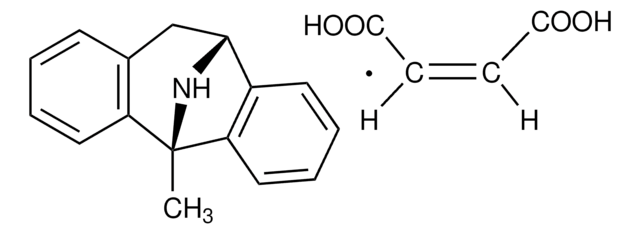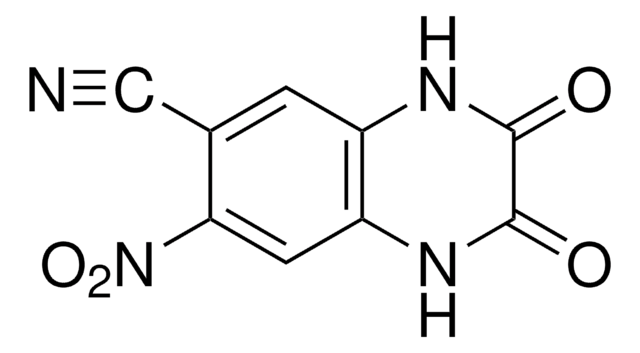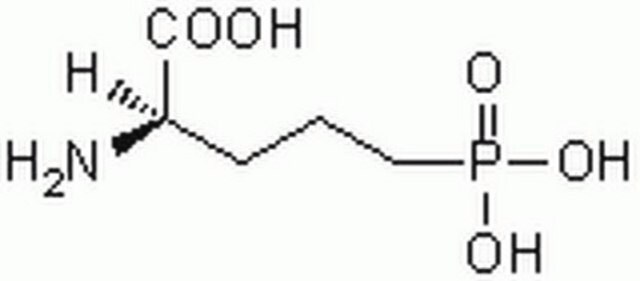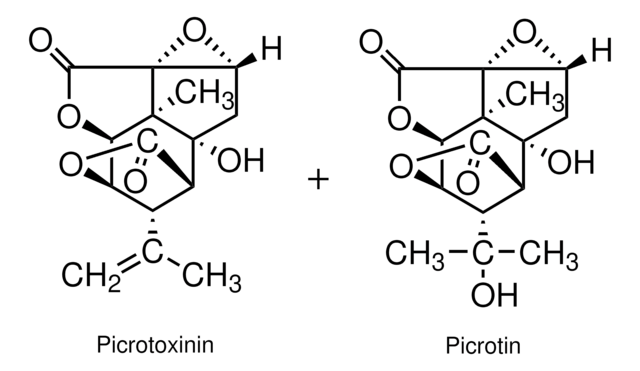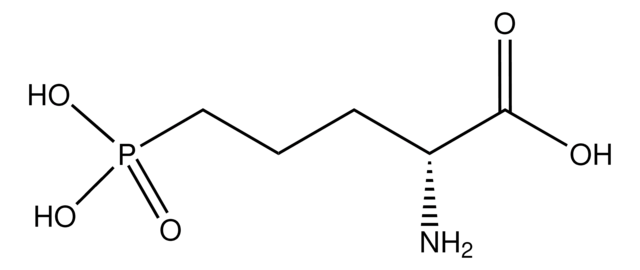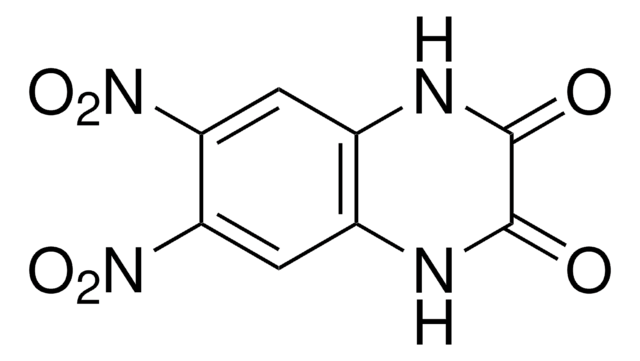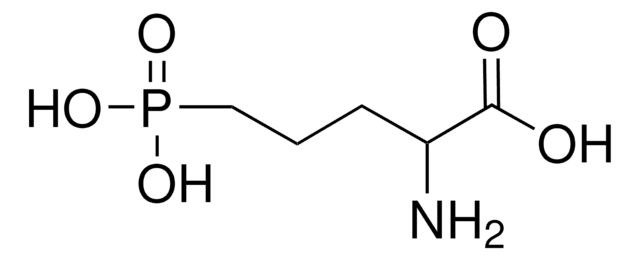ABN2251
Anti-phospho NMDAR2A (Ser1459)
Sinónimos:
GluN2A, Glutamate [NMDA] receptor subunit epsilon-1, Glutamate receptor ionotropic NMDA 2A, N-methyl D-aspartate receptor subtype 2A, NR2A, hNR2A
About This Item
Productos recomendados
origen biológico
rabbit
Nivel de calidad
forma del anticuerpo
purified antibody
tipo de anticuerpo
primary antibodies
reactividad de especies
human
envase
antibody small pack of 100
técnicas
immunocytochemistry: suitable
western blot: suitable
isotipo
IgG
secuencia del epítopo
C-terminal
Nº de acceso Protein ID
Nº de acceso UniProt
Información sobre el gen
human ... GRIN2A(2903)
Especificidad
Inmunógeno
Aplicación
Evaluated by Western Blotting in lysates from wild-type HEK293T cells.
Western Blotting Analysis: A 1:1,000 dilution of this antibody detected NMDAR2A phosphorylated on serine 1459 in lysate from HEK293T cells, but not in lysates from cells transfected with S1459A NMDAR2A.
Tested Applications
Western Blotting Analysis: A representative lot detected phospho NMDAR2A (Ser1459) in Western Blotting applications (Wyklicky, H., et. al. (1988). Wien Klin Wochenschr. 100(7):208-10).
Immunocytochemistry Analysis: A representative lot detected phospho NMDAR2A (Ser1459) in Immunocytochemistry applications (Wyklicky, H., et. al. (1988). Wien Klin Wochenschr. 100(7):208-10).
Note: Actual optimal working dilutions must be determined by end user as specimens, and experimental conditions may vary with the end user.
Descripción de destino
Forma física
Reconstitución
Almacenamiento y estabilidad
Otras notas
Cláusula de descargo de responsabilidad
¿No encuentra el producto adecuado?
Pruebe nuestro Herramienta de selección de productos.
Código de clase de almacenamiento
12 - Non Combustible Liquids
Clase de riesgo para el agua (WGK)
WGK 2
Punto de inflamabilidad (°F)
Not applicable
Punto de inflamabilidad (°C)
Not applicable
Certificados de análisis (COA)
Busque Certificados de análisis (COA) introduciendo el número de lote del producto. Los números de lote se encuentran en la etiqueta del producto después de las palabras «Lot» o «Batch»
¿Ya tiene este producto?
Encuentre la documentación para los productos que ha comprado recientemente en la Biblioteca de documentos.
Nuestro equipo de científicos tiene experiencia en todas las áreas de investigación: Ciencias de la vida, Ciencia de los materiales, Síntesis química, Cromatografía, Analítica y muchas otras.
Póngase en contacto con el Servicio técnico